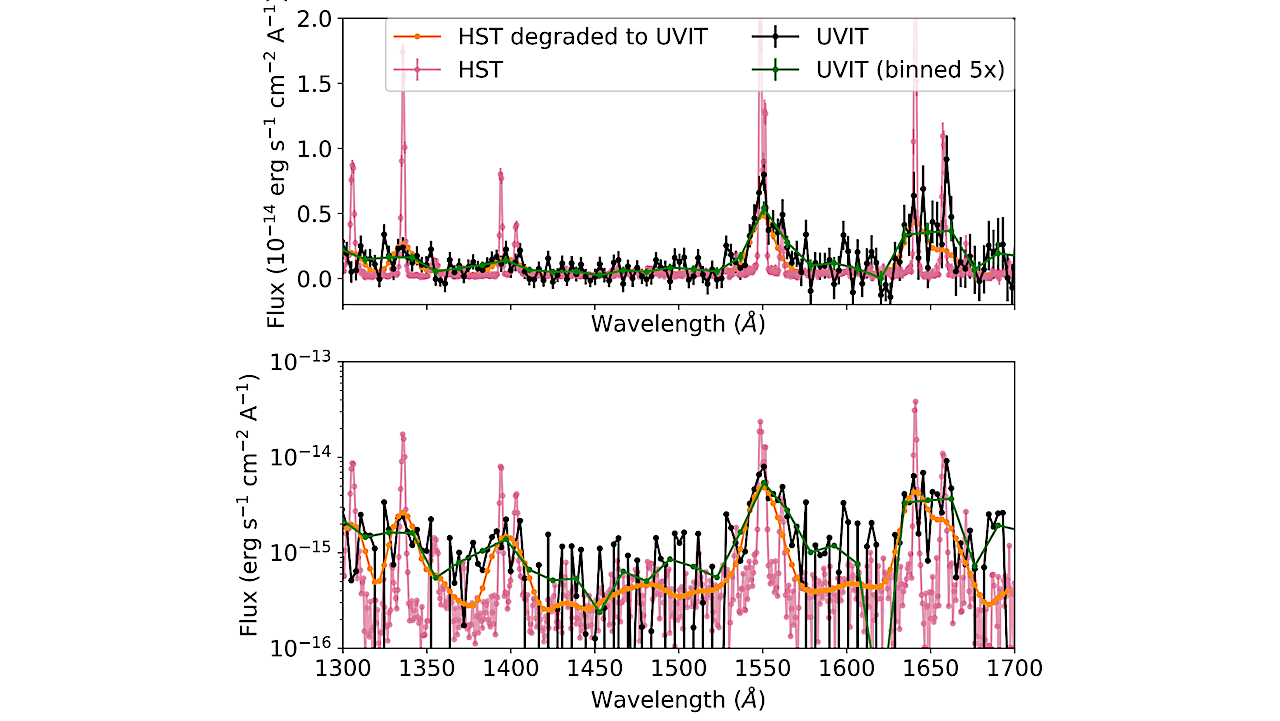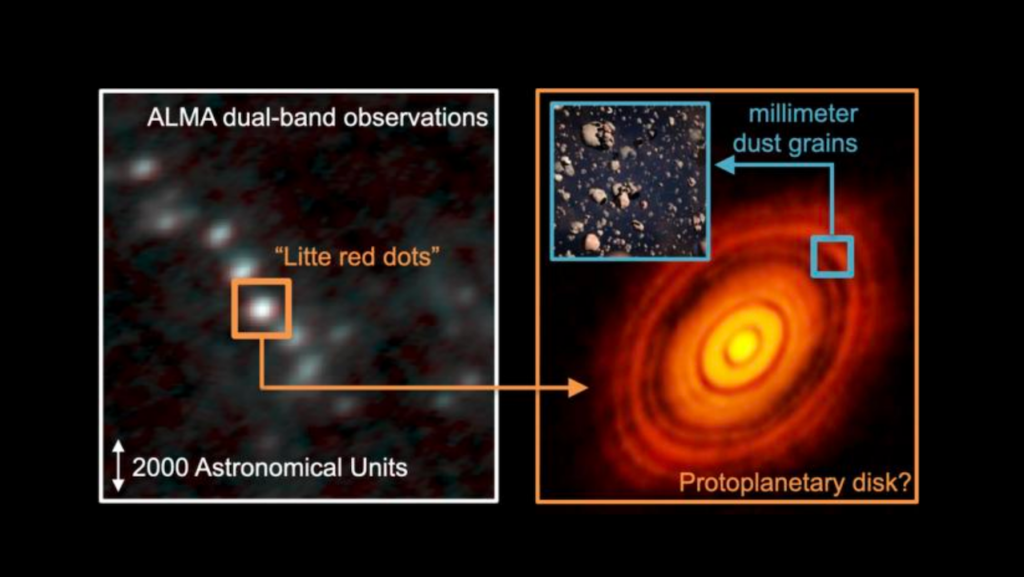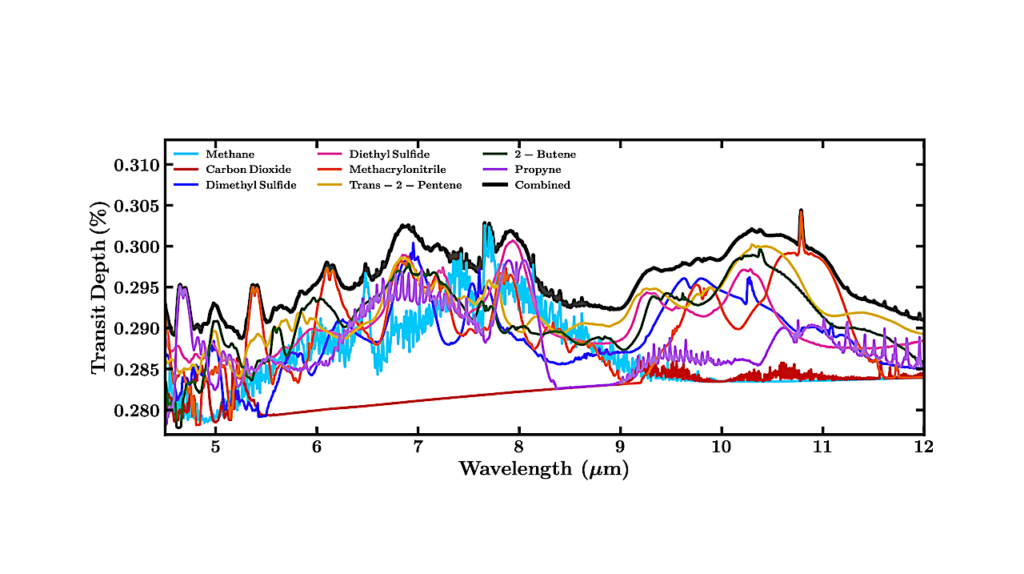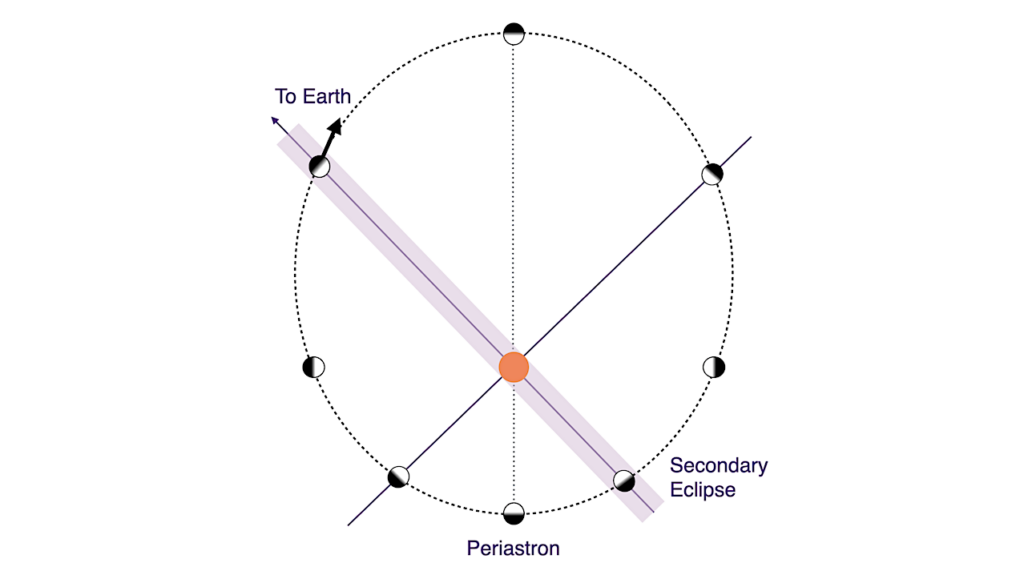UV Spectral Characterization of Low-Mass Stars With AstroSat UVIT for Exoplanet Applications: The Case Study of HIP 23309

Characterizing rocky exoplanet atmospheres is a key goal of exoplanet science, but interpreting such observations will require understanding the stellar UV irradiation incident on the planet from its host star.
Stellar UV mediates atmospheric escape, photochemistry, and planetary habitability, and observations of rocky exoplanets can only be understood in the context of the UV SED of their host stars. Particularly important are SEDs from observationally favorable but poorly understood low-mass M-dwarf stars, which are the only plausible targets for rocky planet atmospheric characterization for the next 1-2 decades.
In this work, we explore the utility of AstroSat UVIT for the characterization of the UV SEDs of low-mass stars. We present observations of the nearby M0 star HIP 23309 in the FUV and NUV gratings of UVIT. Our FUV spectra are consistent with contemporaneous HST data and our NUV spectra are stable between orbits, suggesting UVIT is a viable tool for the characterization of the SEDs of low-mass stars.
We apply our measured spectra to simulations of photochemistry and habitability for a hypothetical rocky planet orbiting HIP 23309 and elucidate the utility and limitations of UVIT in deriving UV SEDs of M-dwarf exoplanet hosts. Our work validates UVIT as a tool to complement HST in the characterization of exoplanet host stars and carries implications for its successor missions like INSIST.
Sukrit Ranjan, Prasanta K. Nayak, J. Sebastian Pineda, Mayank Narang
Comments: Accepted to AJ
Subjects: Earth and Planetary Astrophysics (astro-ph.EP); Instrumentation and Methods for Astrophysics (astro-ph.IM); Solar and Stellar Astrophysics (astro-ph.SR)
Cite as: arXiv:2306.16470 [astro-ph.EP] (or arXiv:2306.16470v1 [astro-ph.EP] for this version)
Submission history
From: Sukrit Ranjan
[v1] Wed, 28 Jun 2023 18:01:11 UTC (1,031 KB)
https://arxiv.org/abs/2306.16470
Astrobiology








